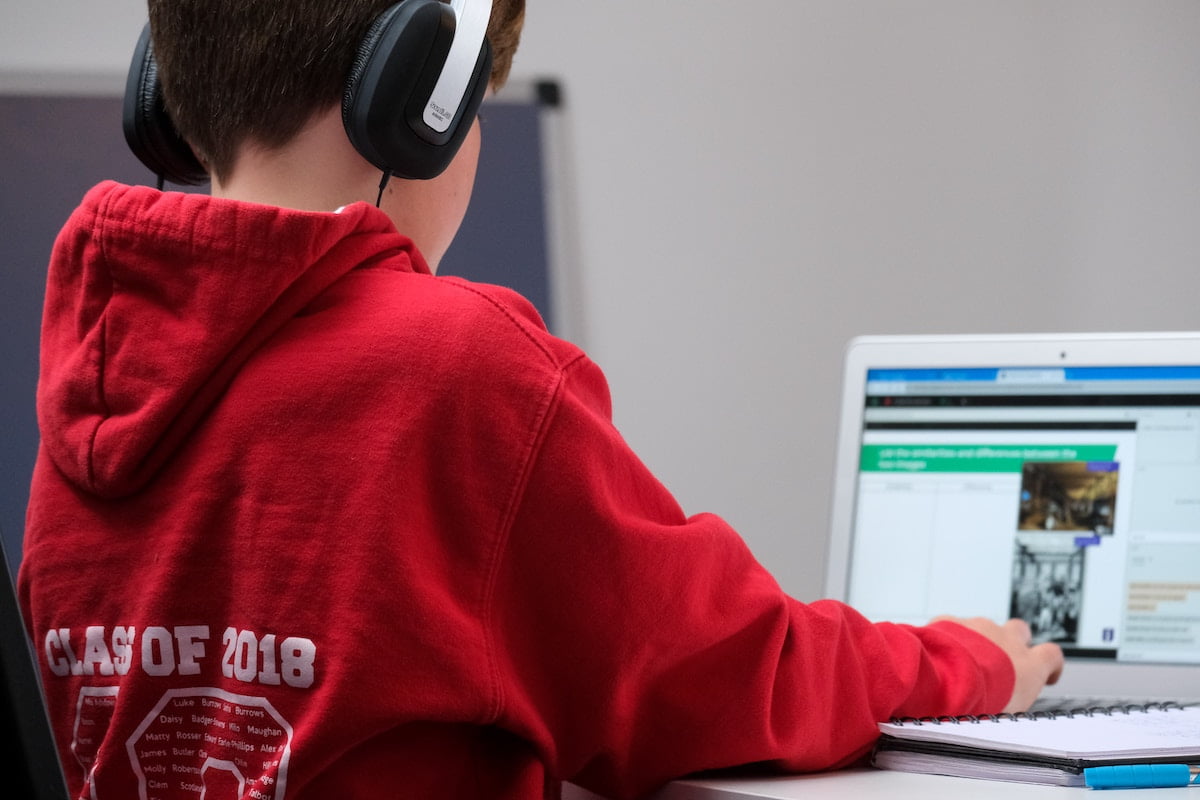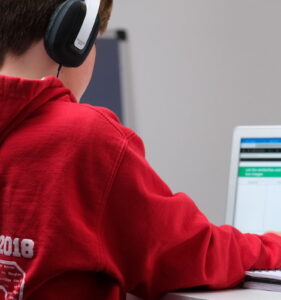Technology is rapidly transforming every aspect of our lives, and education is no exception. From online classes to interactive textbooks, technology is revolutionizing the way we learn. Today’s learners have access to a wealth of information and resources that were unimaginable just a few decades ago.
In this article, we will explore ten ways in which technology is revolutionizing education. From personalized learning to virtual classrooms, we will examine how technology is changing the way we learn and helping us achieve our educational goals.
Personalized Learning
Personalized learning is one of the most significant benefits of technology in education. With technology, students can learn at their own pace, using individualized learning plans. This approach enables learners to focus on their strengths and address their weaknesses.
Technology provides personalized learning through adaptive learning software. Adaptive learning software uses algorithms to track student progress and tailor lessons to meet their individual needs. This approach provides students with a more engaging and interactive learning experience, making learning more enjoyable and effective.
Virtual Classrooms
Virtual classrooms are a great way to bring students and teachers together in a remote learning environment. With the help of video conferencing software, students and teachers can connect and engage with each other in real-time, regardless of their location.
Virtual classrooms enable teachers to deliver lectures, interact with students, and conduct exams online. Students can also collaborate with each other in virtual classrooms, working together on projects and assignments.
Remote Learning
Remote learning has become a reality for many students around the world, thanks to technology. With the internet and video conferencing technology, students can access education from anywhere in the world. Remote learning has enabled students to access education in situations where traditional education may not be possible, such as during a pandemic.
Remote learning has also provided opportunities for students to collaborate with others around the world. Students can work together on projects and assignments, sharing ideas and knowledge.
Interactive Learning
Technology has transformed the way we learn, making it more interactive and engaging. Interactive learning tools such as virtual reality, augmented reality, and gamification are being used to make learning more enjoyable and effective.
Virtual reality technology is being used to create virtual classrooms, where students can interact with each other and their teachers in a simulated environment. This approach provides a more immersive learning experience, enabling students to explore complex concepts in a more meaningful way.
Gamification is another technology that is being used to make learning more engaging. Gamification involves the use of game design elements in non-game contexts, such as education. Gamification can be used to create learning experiences that are fun and interactive, motivating students to learn and achieve their goals.
Access to Information
The internet has transformed the way we access information, providing us with access to more knowledge than ever before. With technology, students can access information from anywhere in the world, at any time. This approach has democratized education, making it more accessible to students from all backgrounds.
Technology has also provided students with access to online libraries and databases, enabling them to access a wealth of information that was previously only available to scholars and academics.
Collaborative Learning
Collaborative learning is another benefit of technology in education. With technology, students can collaborate with each other on projects and assignments, sharing ideas and knowledge. This approach provides students with a more engaging and interactive learning experience, making learning more enjoyable and effective.
Collaborative learning is made possible through tools such as online forums, wikis, and social media. These tools enable students to communicate and collaborate with each other, regardless of their location.
AI-based Tutoring
Another way that technology is revolutionizing education is through AI-based tutoring. AI-powered tutoring is a form of personalized learning that uses artificial intelligence to provide students with individualized support and feedback.
AI-based tutoring software can analyze student performance data and adjust the learning plan accordingly. These systems can help students identify areas where they need additional support and provide feedback on their progress.
Mobile Learning
Mobile learning is another way that technology is transforming education. With the widespread availability of smartphones and tablets, students can access educational resources on-the-go. This approach allows learners to study and learn at their convenience, anytime and anywhere.
Mobile learning also enables students to access educational apps that provide a fun and interactive learning experience. These apps can be used to supplement classroom learning, allowing students to practice and reinforce their knowledge in a fun and engaging way.
Cloud-based Learning
Cloud-based learning is a technology that allows students and teachers to access educational resources from the cloud. This approach enables learners to access educational materials and resources from any device with an internet connection.
Cloud-based learning also provides teachers with the ability to collaborate with their colleagues and share resources. This approach enables teachers to access a wealth of knowledge and expertise from their colleagues, improving the quality of education they provide to their students.
Online Assessment and Evaluation
Finally, technology is transforming the way we assess and evaluate student performance. Online assessment tools provide teachers with the ability to evaluate student learning and provide feedback in real-time. These tools can also help identify areas where students need additional support and adjust the learning plan accordingly.
Online assessment tools also provide students with instant feedback on their performance, enabling them to identify areas where they need improvement and adjust their learning plan accordingly. This approach provides students with a more effective and efficient way to track their progress and achieve their educational goals.
The potential risks of AI and innovation in Education
While technology and AI have revolutionized education and transformed the way we learn, there are also potential risks associated with these innovations. In this section, we will explore some of the potential risks of AI and innovation in education.
Bias and Discrimination
One of the major risks of AI in education is the potential for bias and discrimination. AI algorithms are only as unbiased as the data they are trained on. If the data is biased, the algorithms will be biased as well.
For example, if an AI-based learning system is trained on data that is biased against certain groups of people, the system may be less effective for those groups. This bias can perpetuate discrimination and inequality, further marginalizing underrepresented groups.
Lack of Human Interaction
Another potential risk of AI in education is the lack of human interaction. While technology and AI can provide personalized learning experiences, they cannot replace the importance of human interaction in the learning process.
Human interaction is an essential part of learning, providing students with the opportunity to ask questions, receive feedback, and engage in discussion. Without human interaction, students may miss out on important learning experiences.
Over-reliance on Technology
Technology and AI can be powerful tools in education, but they should not be relied on exclusively. Over-reliance on technology can lead to a lack of critical thinking skills, as well as a decreased ability to solve problems without the aid of technology.
It is important to strike a balance between technology and traditional learning methods, to ensure that students receive a well-rounded education.
Privacy Concerns
AI-based learning systems often require large amounts of data to function effectively. This data may include sensitive personal information, such as student records, grades, and behavior.
There is a risk that this data could be misused or compromised, putting students’ privacy at risk. It is important to ensure that proper measures are in place to protect student data and privacy.
Loss of Jobs
While AI and technology have the potential to enhance education, they also have the potential to replace human jobs. For example, AI-based tutoring systems could potentially replace human tutors, leading to job loss and decreased job opportunities.
It is important to consider the potential impact of AI and technology on the job market and to work towards solutions that prioritize the well-being of all stakeholders.
Conclusion
Technology has revolutionized education, providing students with access to more knowledge and resources than ever before. From personalized learning to virtual classrooms, AI-based tutoring, and online assessment, technology is transforming the way we learn and achieve our educational goals.
As technology continues to evolve, we can expect to see even more innovation in education, providing students with even more opportunities to learn and grow. Technology is changing the face of education as we know it, and we are excited to see what the future holds for this field.


